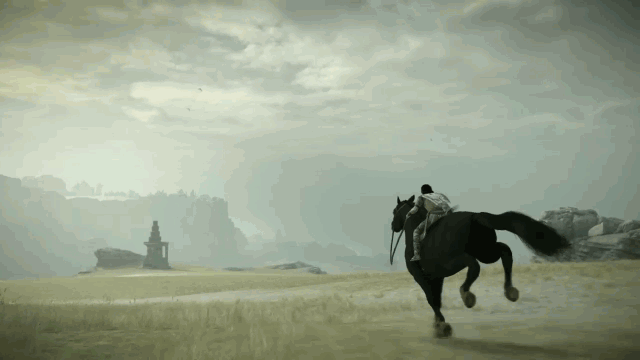Mozzarella
Member
Recently, I have become more interested in studying level design aspect of video games, it feels like its an underrated aspect, its such an important core element of video game design in how levels are structured and designed to maximize the enjoyment out of the player by having design decisions that compliments the level with the gameplay loop and its creativity and sandbox.
One thing that came to my mind is how some people considered open world games when it came to level design discussions. I have always had this idea that Level Design aspect is exclusive to Level-Based games and not to Open World Games, where you have a one big open level that is designed seamlessly. On the other hand a Level-Based game (linear and non-linear) will consist of levels that are distinctly designed around certain mechanics and structures. This also applies to games like Dark Souls and Prey where you have one big interconnected world that consists of multiple levels, hence why we dont refer to them as Open World games.
The question here is where do you find your perspective on this? do you look at games like Skyrim, Witcher 3, Breath of the Wild, Red Dead Redemption...etc etc. As games with Level Design OR do you (like me) consider their design as Open World design and dont refer to it via the word level design? It puts them all in one category called Open World design with its unique with its own standards.
Games like Dishonored 2, Hitman, Thief, Dark Souls, Persona 5, Final Fantasy 7, Resident Evil, NieR, The Last of Us, Hollow Knight...etc Are all different but non-open world games that have certain levels.
Do you think its right to consider to put them all under the same umbrella when talking about Level Design? or do you separate between Open World games and non open world games?
Also, What are some examples of Great level design and why?
For me I would say a good level design should have some of this:
1- Multiple ways to progress through the level.
2- Compliments its gameplay mechanics or physics engine.
3- Meaningful backtracking
4- Secret areas with neat hidden clues scattered around it.
5- Depending on the genre: Good Puzzles or Platforming
6- Compliments its lore
7- Has a unique theme in its art direction and structure.
8- Good enemy placement
9- Rewarding exploration
10- Allows for creative solving, whether via traversal, usage of abilities or high replay value or using the level environment to your advantage.
Immersive sims are example of games with excellent level design.
Hitman (Sapienza - Italy)
One of the best Hitman levels, a huge area full of different stories and ways to tackle the object, great beautiful landscape, good sense of realism in the world and immersion in the place, good secrets and ways to play the game.
/cdn.vox-cdn.com/uploads/chorus_asset/file/10470899/hitman_sapienza_1920.png)
Dishonored 2: Clockwork Mansion
One of the best Dishonored levels, a creative dynamic level with excellent structure and replay value, multiple of ways to play and feels like a breath of fresh air.
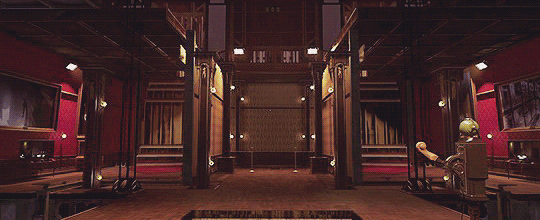
Thief 2: Life at the Party
Possibly the best rooftop mission of all time, a great density and importance from theme standpoint.

Thief: Down in the Bonehoard
A quick mention to this old level that understands the depth in level design not just horizontally but also vertically. Dense and atmospheric.

Resident Evil Remake: Spencer Mansion
One of the best levels ever made, meaningful backtracking, haunting atmosphere, clever puzzles and captivating soundtrack.

Hollow Knight: City of Tears
One of my favorite metroidvania levels, the sound of rain and the captivating soundtrack and how it connects various points within the world.
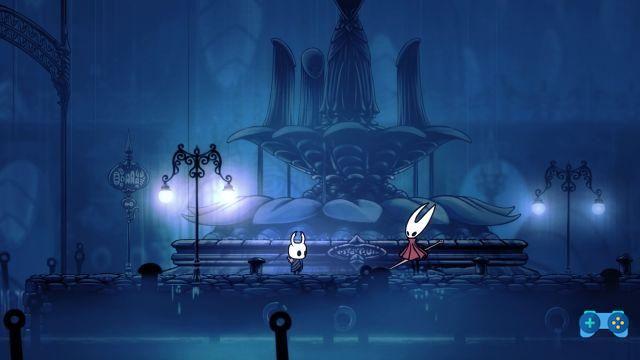
Prey: Talos
Interconnected space ship level, packed with creativity and depth, very multilayered and open ended, highly compliments the game mechanics and its physic engine.
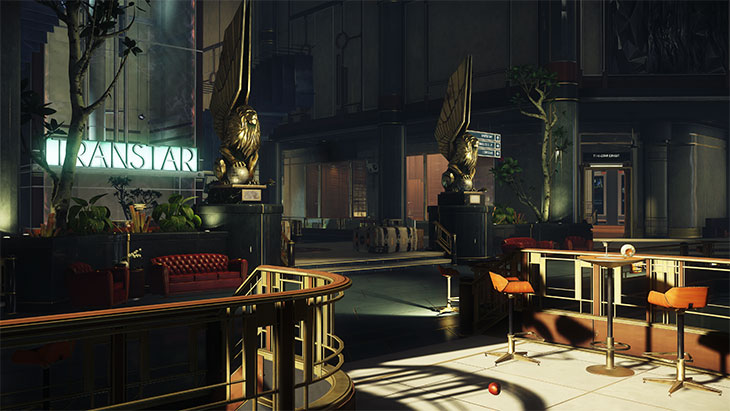
Bloodborne: Central Yharnam
One of the best intro levels in modern gaming, packed with secrets, meaningful lore, and amazing art direction.

Dark Souls: Sen's Fortress
The ultimate death trap level, nasty traps, and packed with danger, atmospheric and memorable.
HM to: Blighttown
Not the best one in Souls, but its infamous and hated, i like this level, its also a nasty death trap.
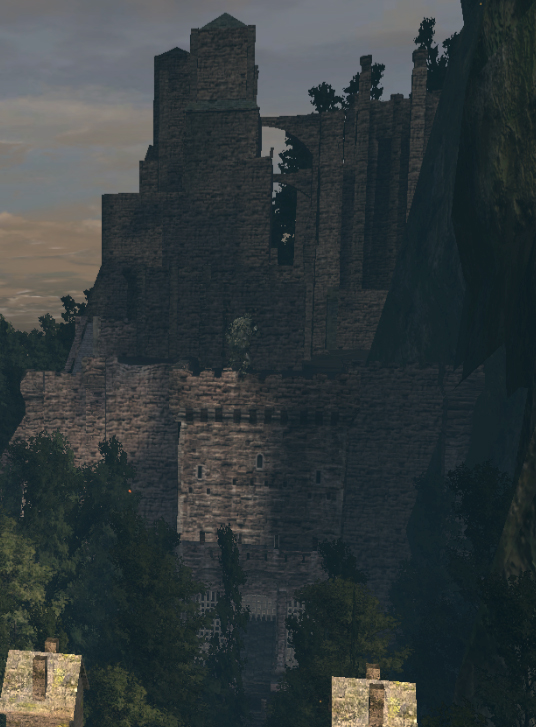
Half-Life 2: Ravenholm
Probably the best or among the best Valve levels, has a haunting atmospheric horror theme and heavily compliments the gameplay and the physics engine around every corner.

Divinity Original Sin 2: Fort Joy
One of the best intro levels to any cRPG, insane amount of possibilities to complete and very fun to replay.
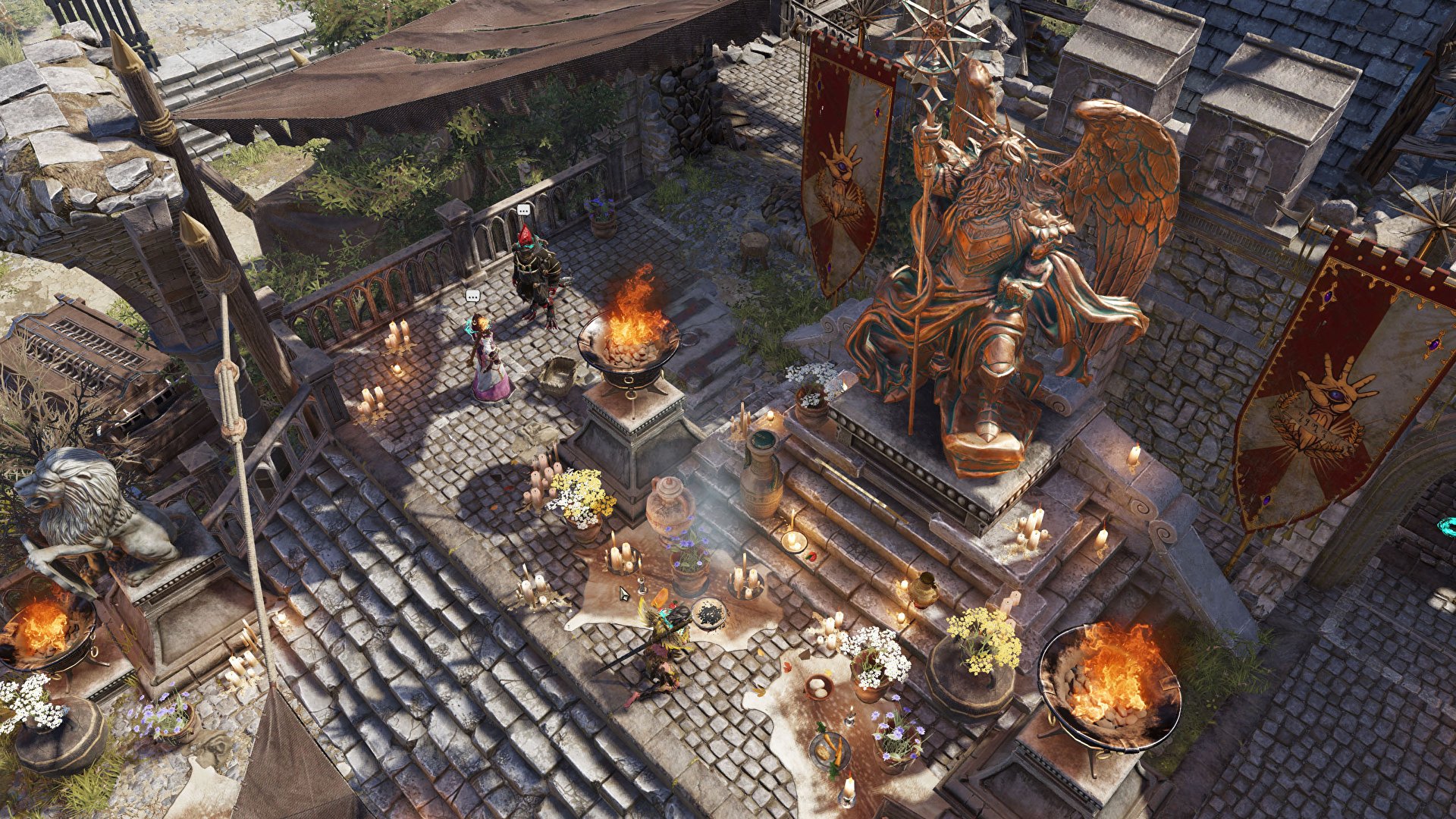
That should be enough for some examples.
I do feel open world games cannot do that level design, instead it relies on its open world design as a whole, things like.
1- Meaningful Exploration: around loot or lore (quests)
2- Great aesthetics
3- Multi-Layered (e.g underground dungeons)
4- Physics
5- Dynamic A.I and Giving the feeling of breathing living world. Either through A.I or Story choices and impactful decisions.
6- Sense of scale
7- Traversal that is fun and unique
8- Compliments either gameplay through its mechanics and physics or Story through lore and backdrop setting
9- If Sandbox, interactivity with the side content and gameplay systems.
The Legends of Zelda: Breath of the Wild
Heavily compliments its physics engine, fun traversal and exploration
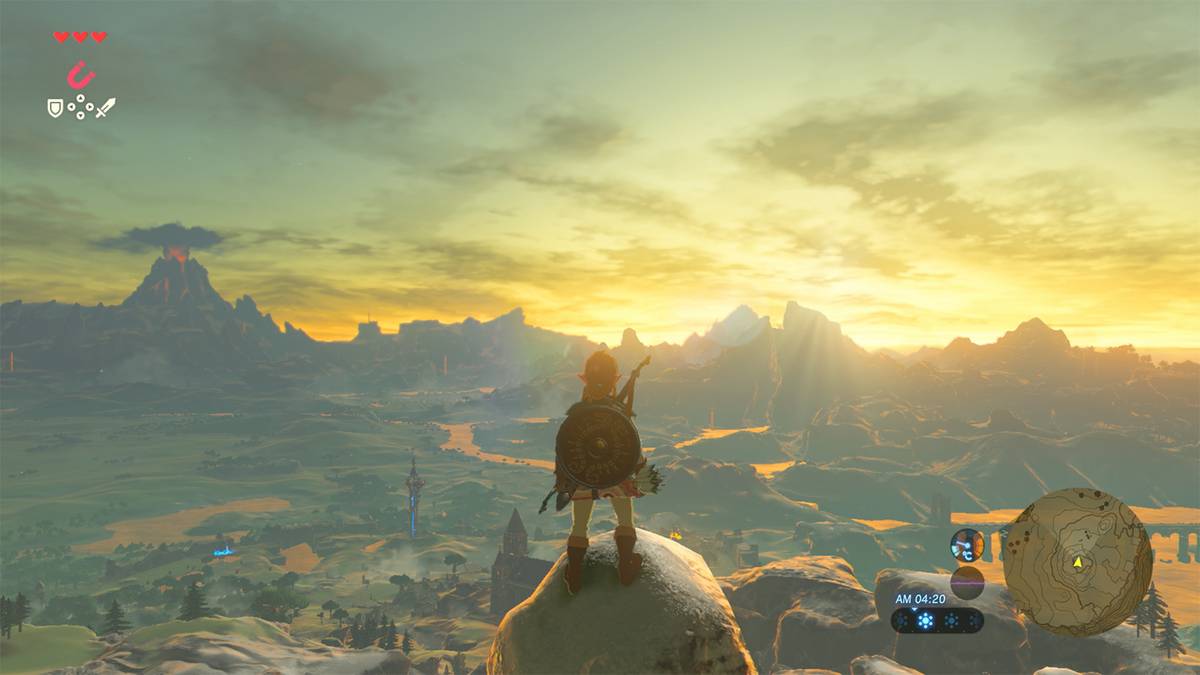
Red Dead Redemption 2/ Grand Theft Auto
Western sandbox, ultra realism, breathtaking visuals and high technical value

Witcher 3: Wild Hunt
Heavily compliments the story setting and captures the theme of Witcher world perfectly through its atmosphere and quest decisions.

The Elder Scrolls: Morrowind/Skyrim
Probably the best RPG sandbox open world, great exploration, tons of interactivity and dynamic world (STALKER HAS THIS TOO! its dynamic)
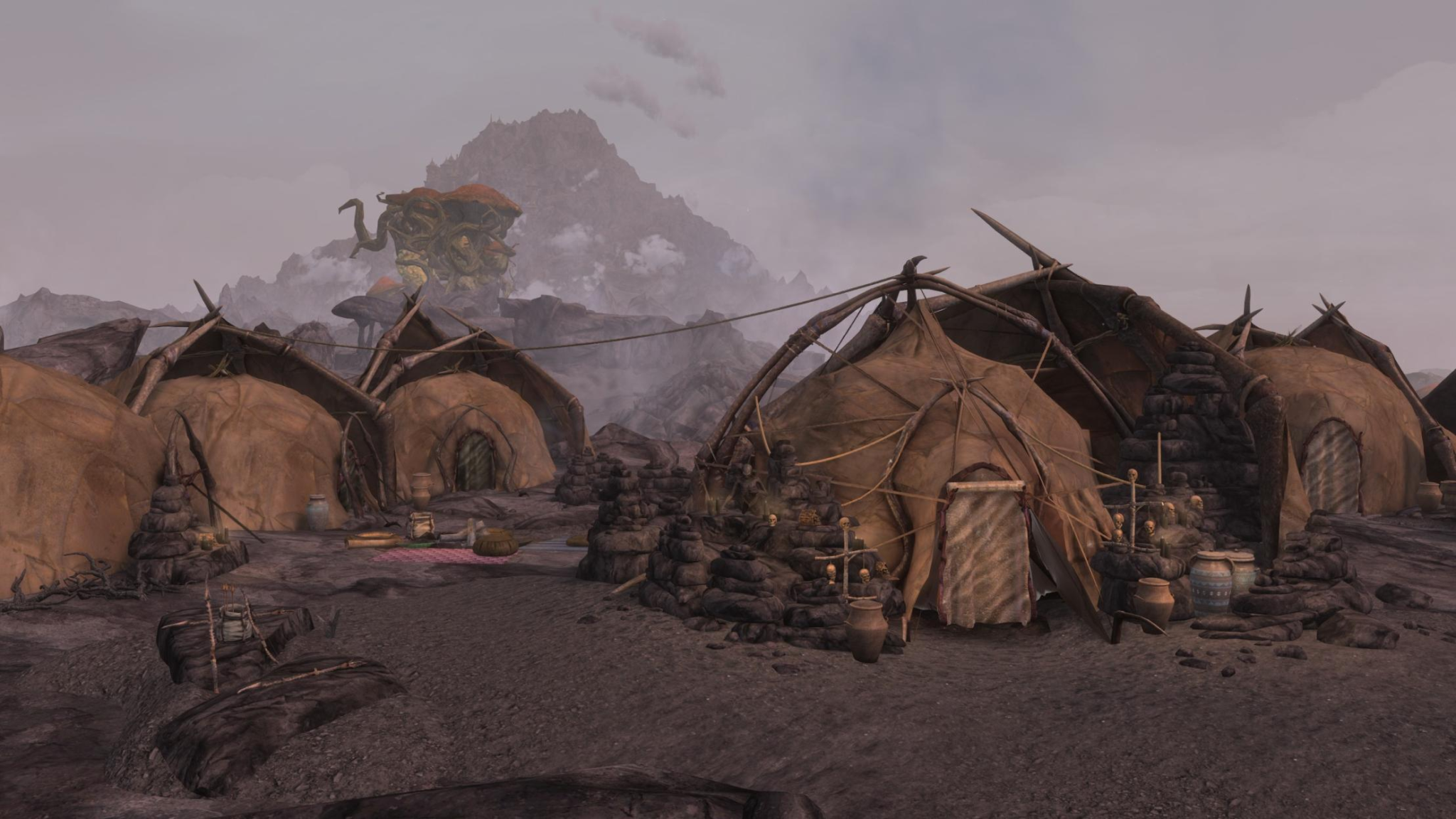

So what do you think? are those examples of LEVEL DESIGN different and handled separately or its the same aspect but one is one big level divided to multiple smaller areas and the other is crafted separately for each level?
Personally i like to separate them as you saw in my thread, and i judge them differently. Also i prefer the Level Based design in case you are wondering.
Tell me what you think and post some cool sketch from your favorite levels.
One thing that came to my mind is how some people considered open world games when it came to level design discussions. I have always had this idea that Level Design aspect is exclusive to Level-Based games and not to Open World Games, where you have a one big open level that is designed seamlessly. On the other hand a Level-Based game (linear and non-linear) will consist of levels that are distinctly designed around certain mechanics and structures. This also applies to games like Dark Souls and Prey where you have one big interconnected world that consists of multiple levels, hence why we dont refer to them as Open World games.
The question here is where do you find your perspective on this? do you look at games like Skyrim, Witcher 3, Breath of the Wild, Red Dead Redemption...etc etc. As games with Level Design OR do you (like me) consider their design as Open World design and dont refer to it via the word level design? It puts them all in one category called Open World design with its unique with its own standards.
Games like Dishonored 2, Hitman, Thief, Dark Souls, Persona 5, Final Fantasy 7, Resident Evil, NieR, The Last of Us, Hollow Knight...etc Are all different but non-open world games that have certain levels.
Do you think its right to consider to put them all under the same umbrella when talking about Level Design? or do you separate between Open World games and non open world games?
Also, What are some examples of Great level design and why?
For me I would say a good level design should have some of this:
1- Multiple ways to progress through the level.
2- Compliments its gameplay mechanics or physics engine.
3- Meaningful backtracking
4- Secret areas with neat hidden clues scattered around it.
5- Depending on the genre: Good Puzzles or Platforming
6- Compliments its lore
7- Has a unique theme in its art direction and structure.
8- Good enemy placement
9- Rewarding exploration
10- Allows for creative solving, whether via traversal, usage of abilities or high replay value or using the level environment to your advantage.
Immersive sims are example of games with excellent level design.
Hitman (Sapienza - Italy)
One of the best Hitman levels, a huge area full of different stories and ways to tackle the object, great beautiful landscape, good sense of realism in the world and immersion in the place, good secrets and ways to play the game.
/cdn.vox-cdn.com/uploads/chorus_asset/file/10470899/hitman_sapienza_1920.png)
Dishonored 2: Clockwork Mansion
One of the best Dishonored levels, a creative dynamic level with excellent structure and replay value, multiple of ways to play and feels like a breath of fresh air.

Thief 2: Life at the Party
Possibly the best rooftop mission of all time, a great density and importance from theme standpoint.

Thief: Down in the Bonehoard
A quick mention to this old level that understands the depth in level design not just horizontally but also vertically. Dense and atmospheric.

Resident Evil Remake: Spencer Mansion
One of the best levels ever made, meaningful backtracking, haunting atmosphere, clever puzzles and captivating soundtrack.

Hollow Knight: City of Tears
One of my favorite metroidvania levels, the sound of rain and the captivating soundtrack and how it connects various points within the world.

Prey: Talos
Interconnected space ship level, packed with creativity and depth, very multilayered and open ended, highly compliments the game mechanics and its physic engine.

Bloodborne: Central Yharnam
One of the best intro levels in modern gaming, packed with secrets, meaningful lore, and amazing art direction.

Dark Souls: Sen's Fortress
The ultimate death trap level, nasty traps, and packed with danger, atmospheric and memorable.
HM to: Blighttown
Not the best one in Souls, but its infamous and hated, i like this level, its also a nasty death trap.

Half-Life 2: Ravenholm
Probably the best or among the best Valve levels, has a haunting atmospheric horror theme and heavily compliments the gameplay and the physics engine around every corner.

Divinity Original Sin 2: Fort Joy
One of the best intro levels to any cRPG, insane amount of possibilities to complete and very fun to replay.

That should be enough for some examples.
I do feel open world games cannot do that level design, instead it relies on its open world design as a whole, things like.
1- Meaningful Exploration: around loot or lore (quests)
2- Great aesthetics
3- Multi-Layered (e.g underground dungeons)
4- Physics
5- Dynamic A.I and Giving the feeling of breathing living world. Either through A.I or Story choices and impactful decisions.
6- Sense of scale
7- Traversal that is fun and unique
8- Compliments either gameplay through its mechanics and physics or Story through lore and backdrop setting
9- If Sandbox, interactivity with the side content and gameplay systems.
The Legends of Zelda: Breath of the Wild
Heavily compliments its physics engine, fun traversal and exploration

Red Dead Redemption 2/ Grand Theft Auto
Western sandbox, ultra realism, breathtaking visuals and high technical value

Witcher 3: Wild Hunt
Heavily compliments the story setting and captures the theme of Witcher world perfectly through its atmosphere and quest decisions.

The Elder Scrolls: Morrowind/Skyrim
Probably the best RPG sandbox open world, great exploration, tons of interactivity and dynamic world (STALKER HAS THIS TOO! its dynamic)


So what do you think? are those examples of LEVEL DESIGN different and handled separately or its the same aspect but one is one big level divided to multiple smaller areas and the other is crafted separately for each level?
Personally i like to separate them as you saw in my thread, and i judge them differently. Also i prefer the Level Based design in case you are wondering.
Tell me what you think and post some cool sketch from your favorite levels.
Last edited:

